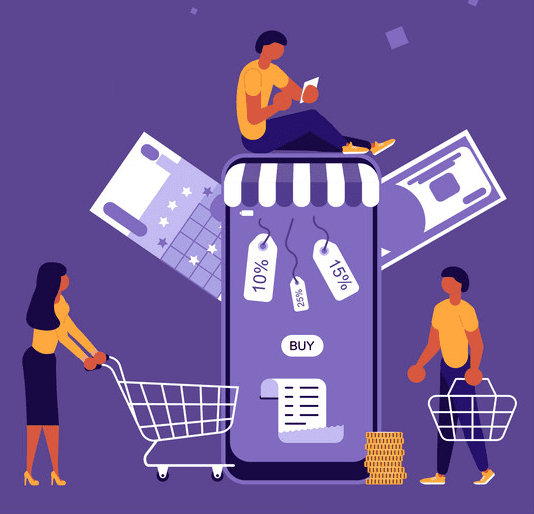Whether running an e-commerce business or a brick-and-mortar store, mobile payment systems have several advantages. These advantages include convenience, security, and customer data.
Mobile payment systems can help you improve customer service and boost sales. Here are five reasons to start accepting payments using your smartphone today!
Convenience
Mobile payment systems provide a convenient way for customers to pay for goods or services. They also reduce the number of trips customers must make to the store.
The convenience of mobile payments is essential for businesses in an industry with many impulse buyers. They can help companies to convert these impulse purchases into paying customers and increase conversion rates.
They can also help businesses collect more revenue from existing customers. They can also create a positive customer experience, which increases retention and encourages repeat business.
Another advantage of mobile payment options for small business is that they are quick and easy to use. They can be made in-person through a mobile point of sale (mPOS) or online through a smartphone or tablet app.
In addition, mobile payments often have higher security levels than traditional payment methods. These include multi-factor authentication, biometrics, tokenization, and more.
Security
Whether using online mobile browsers, digital wallets, contactless or tap-to-pay, or point-of-sale (POS) systems at brick-and-mortar stores, mobile payments are fast becoming one of the most popular and convenient ways to pay. However, they still face several security challenges and threats.
While smartphones and other mobile devices are personal computers that can access the Internet, they are also susceptible to cyber-attacks. This is why ensuring your financial account information is not stored on these devices is essential.
To enhance security, mobile payment services use an encryption technology called tokenization. This encrypts your credit card account number to a temporary “token” valid only for authorization.
This is a much more secure solution than simply storing your credit card number on your device because it prevents intruders from stealing or selling your account number. It also contains data breaches at points along the payment chain, such as retailers and card processors.
Adding an SSL certificate to your payment app is another effective way to improve security. It identifies your app as a trusted and verified entity by coordinating with a reputable certificate authority, such as DigiCert.
Wireless Connection
Unlike traditional point-of-sale (POS) systems, which require customers to swipe or dip credit cards in a card reader, mobile payments let people purchase directly from their smartphones. The process is easy, familiar and secure.
When customers swipe, dip or tap a mobile payment app on their phone or device, the information is transmitted through a wireless connection to a terminal at your business. The airport will process and return the payment to the user’s account in real-time.
Mobile payments are often backed by cloud-based technology for added security, ensuring the customer’s information is protected. This can be achieved through NFC technology which imitates the magnetic stripe on a credit card or an MST payment which uses advanced tokenization to secure payment data. These solutions are becoming more popular due to their convenience and increased security. These are excellent options for businesses that want to increase revenue and improve the customer experience.
Contactless Payments
Whether they’re buying in-store or online, customers can easily make mobile payments. They can use their credit cards or other forms of payment through a mobile app, like Apple Pay, Google Pay, and Samsung Pay.
They can also use contactless payments that require a simple tap of their phones against a card reader. This eliminates the need for cash and saves time.
Additionally, most financial institutions process transactions in seconds and can remove the need for a customer to wait in a queue. This saves both time and money for customers, and it improves the efficiency of businesses.
Moreover, mobile payments allow customers to pay for items through social media and messaging. This can help you enhance your customer service experiences and build brand loyalty. It can also provide valuable data about your customers, which can be used to target them.
Faster Transaction
Mobile payments offer a simple way for consumers to pay for goods and services. These methods eliminate the need to carry cash and require customers to hold their phones up to a reader to make a payment.
In addition to being more convenient, these systems are much faster than traditional credit card transactions. When a customer pays for items with their smartphone, the transaction often takes just a few seconds to process.
This is especially helpful for small and micro-businesses trying to grow their business quickly. Instead of depositing and withdrawing cash to the bank, they can focus on delivering great products and services to their customers.
These systems are also highly secure and have multiple layers of dynamic encryption. This makes them a safe alternative to magstripe and EMV chip card payments. And because they have such a high customer adoption rate, they can help businesses reduce costs by cutting down on paper and ink expenses. Many mPOS systems offer cloud-based subscription models that typically mean low sign-up and monthly maintenance fees.



Comments are closed.